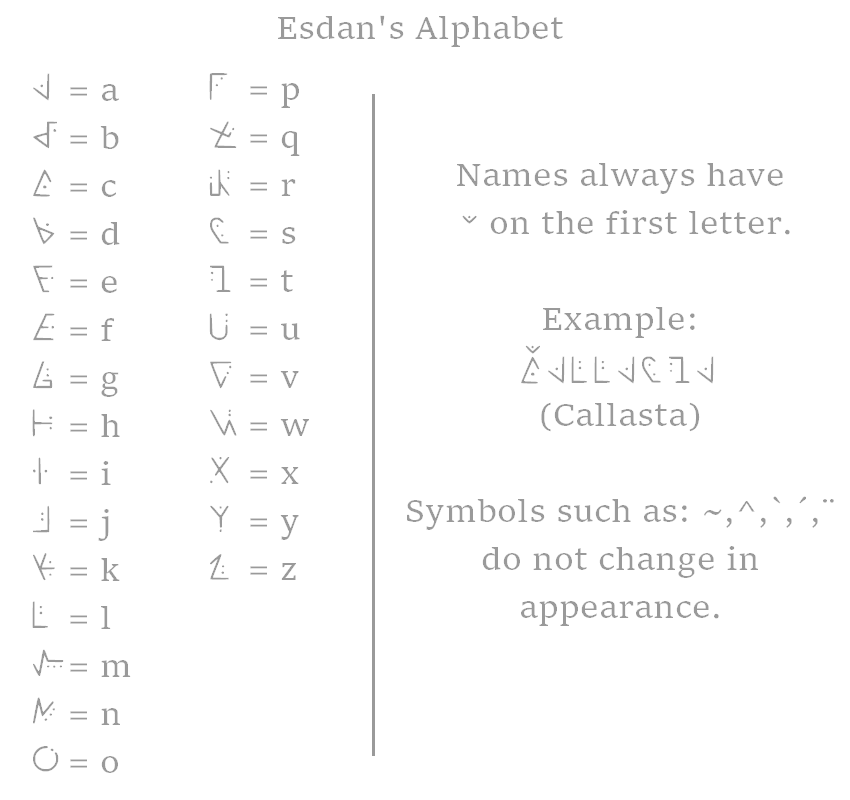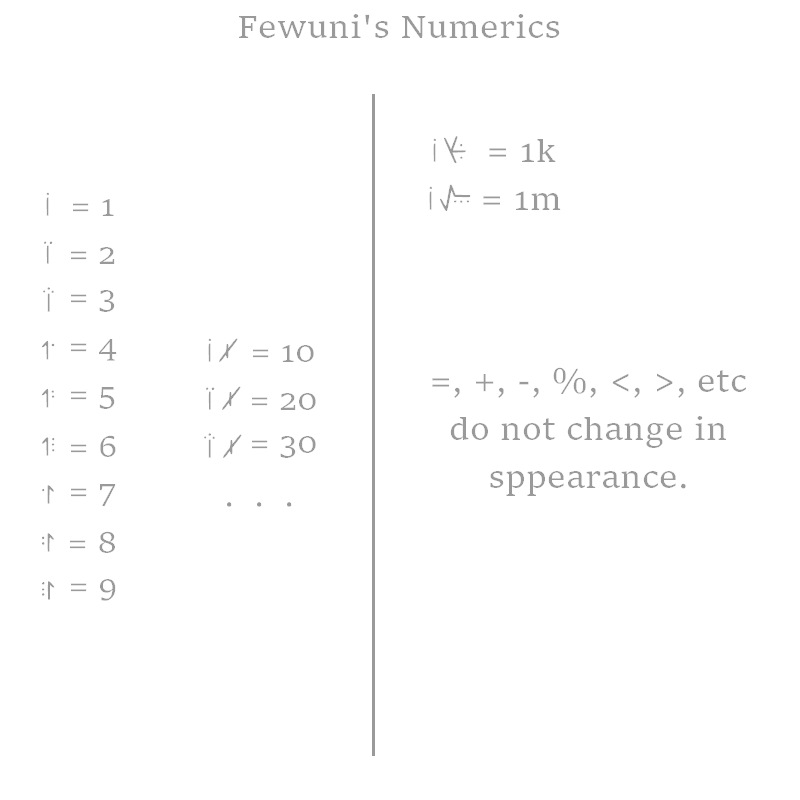TABLE OF CONTENTS
SOCIETY
Intelligence
Corceïs are on par with humans intellectually, their society being very much like ours. They have complex minds, one of the main features that divide them from all other creatures that can be found on this world; while they rely a lot on their magic, it doesn't mean their technology hasn't evolved; if anything, it is superior to human technology when combined with their magic capabilities.
Technology
As mentioned above, their technology is similar to ours; many corceïs have electronic devices, for example, cellphones, TVs, and computers, while, of course, they are more adapted to their biology, most being entangled with their magical abilities. Though a few things do not exist in their society, funnily enough, like cars, their bodies were made for long periods of travel, and even then, the carriages and teleport stations offer all the comfort they need.
Provinces
Postinen is divided into 17 provinces, in which 12 corceïs can actively live at, each province has its own elected mayor, who is responsible for the entire province politically speaking. You can read more about each province on Postinen.
Jobs
Corceïs have many options for jobs like humans; they can work for big companies that specialize in technology, agriculture, fashion, and all sorts of products demanded by their modern society; many require minor magic usage, especially the cosmetic market with spells.
However, a few jobs are more... Known, the others, such as the Council, Mayors, and, of course, the Scouts; you can check more about each in the Figure Category! (Currently, only scouts are open for the community to use.)
Social Agendas
Their social agendas are not so different from ours; many topics still, even to this day, are reasons for very heated discussions, such as abortion, drug use, etc.
One of the few pretty normalized things, though, is the LGBTQI+ community; in fact, they are pretty welcomed by most corceïs independent of age; there are no laws against same-sex pairs, gender-affirming surgeries (though it is only legally possible once the corceïs is at least a young adult.) surrogacy is quite common as well.
Gender Ideology is also very uncommon in their society, as biological females and males share no physical difference; both are capable just as much as the other sex.
Relationships
They are capable of very, very complex relationships, be they familial, romantic, sexual, platonic, or even negative ones such as enemies; most corceïs tend to have their unique social groups.
Language
Even when their society is similar to our own, they have their own dialect and numerics! Luckily, it isn't too different from humans, known as Esdan's Alphabet and Fewuni's Numerics.
A font can be downloaded on our Discord server!
|
|
|
Calendar
The corceïs new calendar (AR) is somewhat similar to humans; 1 year is equal to 12 months, or as they are called in Postinen, Fenlendis; below is a list of all of them, the seasons connected to them, how many days each had, holidays, and signs.
Fenlendis(Months) |
Cardinas(Seasons) |
Days
|
Postinen Holidays(Provinces may have different holidays) |
Siderus Signs(Similar to star signs) |
| Sechionix (January) |
Chionix (Winter) |
31 | Nonuvus (Similar to New Year) Mormoir (Similar to the Brazilian "Ash Wednesday," a day dedicated to the dead) |
Endida (The bright ones) |
| Terionix (February) |
Chionix (Winter) |
28 | - | Nilis (The noble ones) |
| Prithire (March) |
Flothire (Spring) |
31 | Mariëls Festival (Similar to Valentine's Day) Esthermis (Similar to Easter) |
Nilis (The noble ones) |
| Sechire (April) |
Flothire (Spring) |
30 | - | Grantis (The passionate ones) |
| Terire (May) |
Flothire (Spring) |
31 | Ballad of Agalodi |
Granti (The passionate ones) |
| Prilios (June) |
Solios (Summer) |
30 | Karväli (Similar to Brazilian Carnaval) |
Ortis (The brave ones) |
| Seclios (July) |
Solios (Summer) |
31 | - | Ortis (The brave ones) |
| Terlios (August) |
Solios (Summer) |
31 | - | Ientes (The wise ones) |
| Prillia (September) |
Fyllia (Autumn) |
30 | - | Ientes (The wise ones) |
| Seclia (October) |
Fyllia (Autumn) |
31 | Idolon (Similar to Halloween) |
Tentus (The attentive ones) |
| Terllia (November) |
Fyllia (Autumn) |
30 | Dagenota (Similar to Thanksgiving) |
Tentus (The attentive ones) |
| Prionix (December) |
Chionix (Winter) |
31 | Allepsosi (Raising of Postinen) Donunivis (Similar to Christmas) |
Endida (The bright ones) |
This calendar was made right after the raising of Postinen, in the year 0 AP (After Positinen), and 2000 years later, this calendar is still widely used; little is known of how the cor before Postinen would organize the years nowadays, such period was named BP (Before Postinen) by the residents of Postinen.
Corceïs also have weeks very similar to our own!
Human Week |
Corceïs Week |
| Monday | Dimus (Start of the week) |
| Tuesday | Tertio |
| Wednesday | Diertio |
| Thursday | Diartus |
| Friday | Estus |
| Saturday | Sedies (Start of the weekend) |
| Sunday | Seties (End of the weekend) |
Prosthetics
|
|
Like humans, corceïs are susceptible to accidents; some may leave with only a few wounds to clean that will eventually become scars, a forever reminder of such accidents.
|



